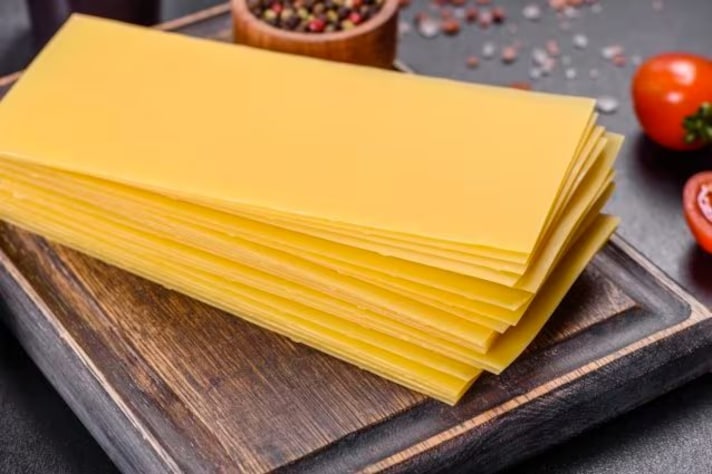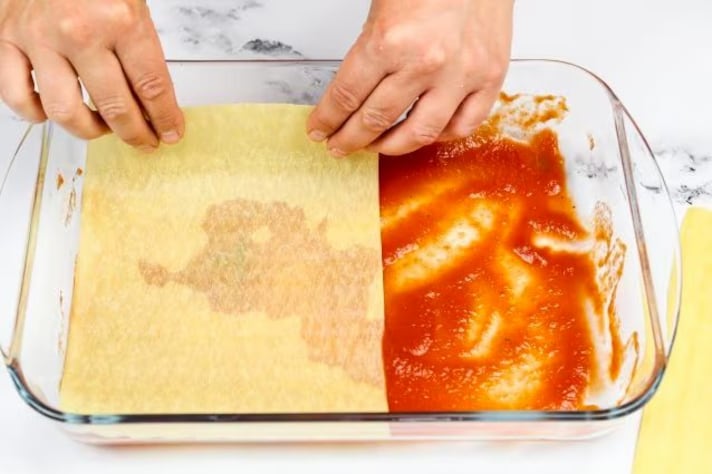Dried Pasta VS Fresh Pasta: Which is Better for Lasagna?
There is nothing better and tastier than lasagna, one of the most beloved Italian dishes in the world, and for this reason it is important to know how to prepare it well. In fact, did you know that cooking changes if you use fresh lasagne or dried lasagne? Today we will explain how to treat both.

Whether they are in their more classic Bolognese version or in original variations, such as the fish-based one, one thing is certain: lasagna always conquers everyone. The inviting layered pasta alternating with tasty and often stringy sauces is a real must Italian cuisine. But for success in preparing lasagna you need to know how to prepare it by following some tricks and advice: avoiding the most common mistakes is important, but so is knowing how to handle the layers of pasta, not only knowing how many need to be prepared but also knowing how to use them.
The layers of lasagna, in fact, can be made of dried pasta or they can be made with fresh pasta: they are both prepared with similar ingredients but with some variations, and what changes above all is the preparation and the cooking times depending on which of the two you have decided to use in your recipe.
The Difference Between Dried and Fresh Lasagna
The distinction between dried and fresh lasagna starts from the type of ingredients used: just as is true with any type of pasta, when it is fresh and stored in the fridge, it is made with water, flour and eggs and should be consumed in a short time. However, when the pasta is dried it is found on display shelves and is made with dehydrated durum wheat semolina, which is why it has a stronger shelf life. Precisely for this reason, fresh and dried pasta have different cooking times and ways of being treated, a difference that also applies in the case of pasta sheets used for lasagna.

How to Cook Dried Lasagna
The dried lasagna sheets, due to the dehydration they undergo, have a consistency that is more full-bodied and harder. They do not need to be blanched before being placed in the pan and seasoned, they can be used as purchased. Remember, however, that they are very porous, and therefore require a wetter sauce, so that they can absorb it and soften properly during cooking: you can do this easily by making the sauce more fluid or by adding a generous amount of béchamel, even better if prepared at home. The difference in cooking times is also important: dried lasagna takes longer to cook than fresh ones, and therefore you will need to bake for at least 30-40 minutes in an oven set at 180°C.

How to Cook Fresh Lasagna
You can find fresh lasagna sheets on the refrigerated counter in the supermarket, or you can prepare them at home: in this case, you need to blanch the sheets before using them. In a pan of abundant salted water, brought to a boil and enriched with a drop of oil, boil 3-4 sheets at a time. Leave them no more than 30-40 seconds in the water, then drain them delicately and place them in a bowl of cold water which will stop their cooking. Spread them out on a tea towel without overlapping them and let them dry. This process makes the fresh pasta ready for cooking, which in any case is generally much quicker than dried pasta: in fact, just 20-30 minutes are enough and the lasagna will be ready to enjoy.
;Resize,width=767;)

;Resize,width=712;)

